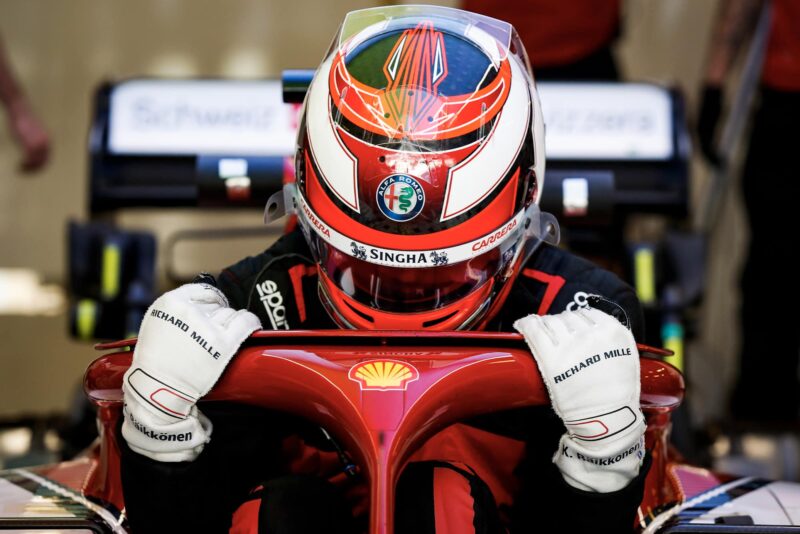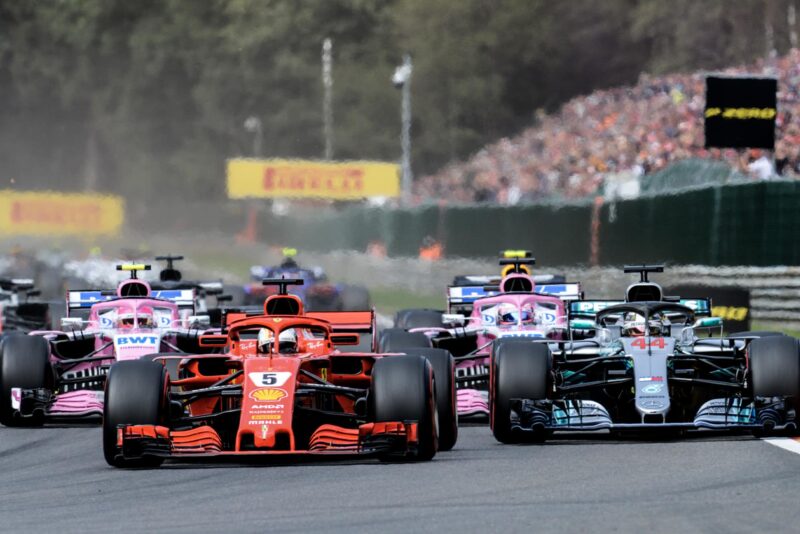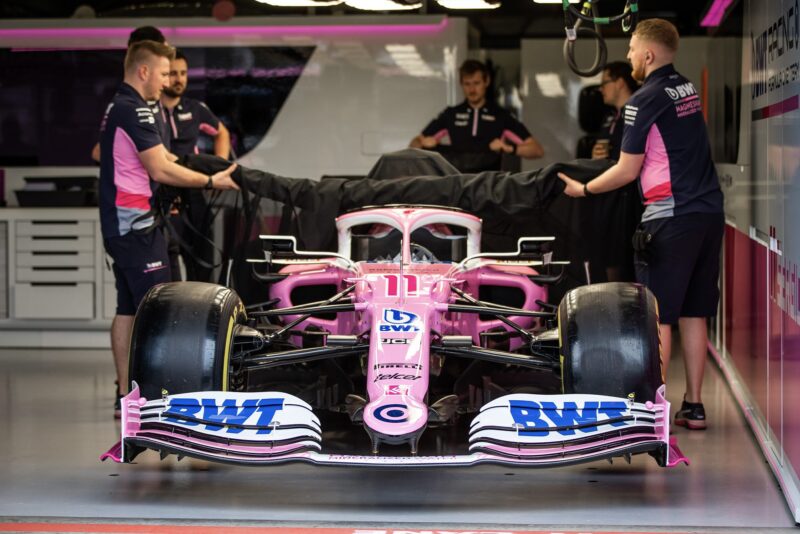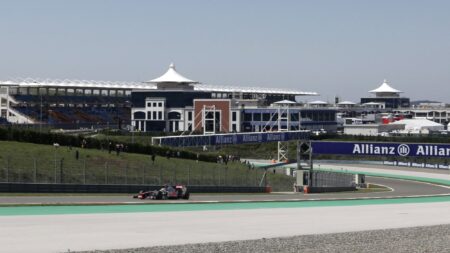Given the fact that meetings of the Sporting Working Group have regularly taken place to discuss how the restart will be made as safe as possible and worst-case scenarios, the teams will clearly have known Austria was going ahead long before today’s announcement, so they’re going to be ready. But what about the drivers?
Usually, drivers go nearly three months without driving a Formula 1 car – from the final race of one season at the end of November to the start of pre-season testing in late February. The last time anyone managed to get behind the wheel of one was on 28 February, meaning we have now just passed the same three-month mark.
In terms of race craft, previous seasons have seen racing end in Abu Dhabi in late November and not resume until Melbourne on the third weekend in March, closer to the four-month gap that drivers now face having not been behind the wheel. But it will be seven months since they raced F1 cars.
And it won’t be a major issue.
Drivers will spend plenty of time in simulators, and although Friday practice in Austria will need to factor in more time for them to get comfortable with their 2020 cars again, we’re talking small percentages that might be missing. From a fan perspective, it’s great, because the drivers that adapt and reacclimatise the quickest will be able to gain an advantage, but they are all faced with the same challenge.

Drivers shouldn’t take long to get back into the groove
DPPI
Potential rustiness has been suggested by a few drivers, but the lack of errors in NASCAR’s first race back – one that took place without practice or qualifying – shows how quickly elite drivers react to the situation. It’s the sort of trait that has seen them rise to the top and reach F1 in the first place.
Aside from confidence in the car, it will be comfort out of it that might be hurt as their bodies get used to the forces they are subjected to once again. But they are not the long days that pre-season testing demands, and with three consecutive race weekends they will soon be back in the swing of things. And, it’s still the same for everyone. They know what’s coming now.
While the drivers and teams know what’s coming in terms of when races will be held, there is still much to be decided about how F1 goes racing. Final numbers in attendance are unconfirmed, with media access likely to be restricted to a few agencies with no paddock access. But as Chase Carey keeps stating, this is a very fluid situation and host countries still have inconsistent Covid-19 guidelines.
In somewhere like Austria, the outlook is much brighter and the situation more advanced than in the UK, to the extent that allowing a small number of fans to attend was discussed. The opening eight are all due to be held behind closed doors, but comparing where we are now to six weeks ago, there’s every chance limited capacity events could be possible in certain countries by late August.








